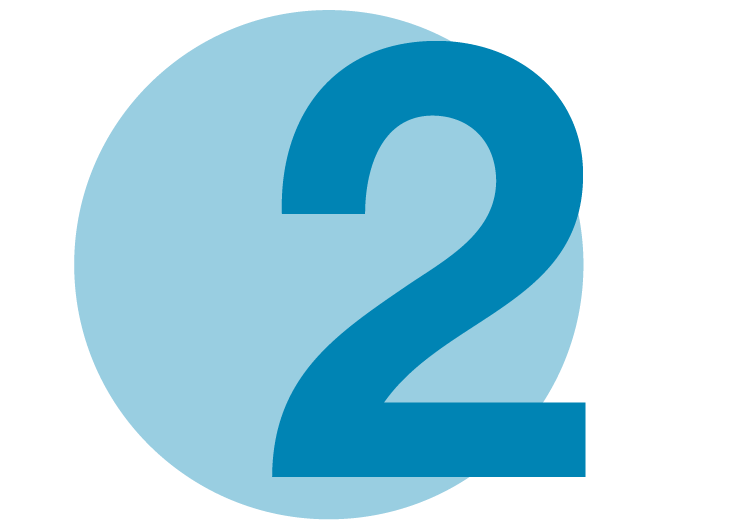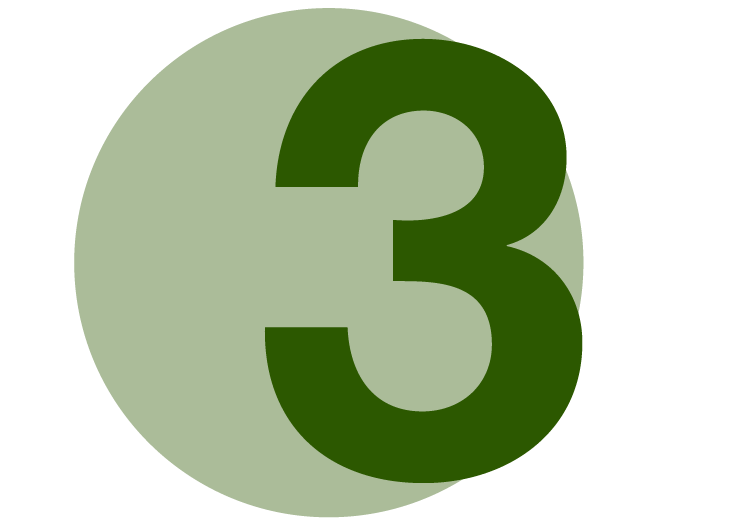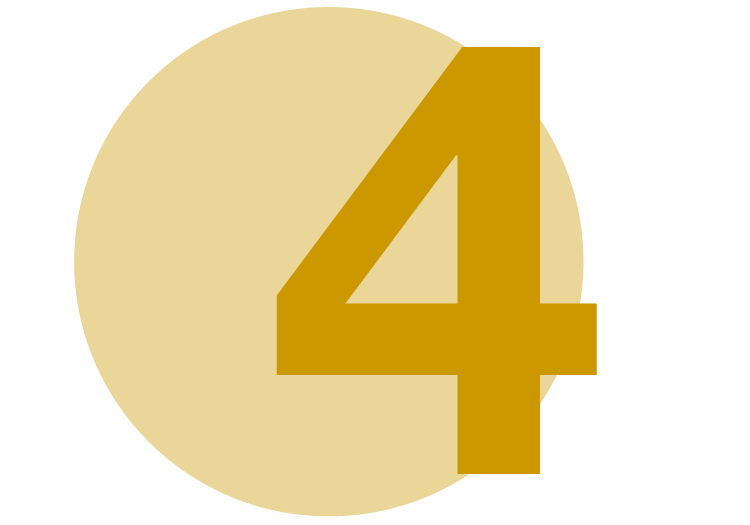Non-urgent government operations are closed December 24 to January 1, reopening January 2. View available services during this period.
Overview
English language arts and literature is essential to foundational literacy and communication skills. It prepares students for ongoing learning as they build successful and fulfilling lives and make meaningful contributions to their communities and the world.
Students will learn about historical aspects and contemporary applications of the English language through reading, writing, listening, speaking, viewing, and representing in order to communicate effectively in a variety of situations. By exploring a wide variety of texts from both local and global communities, students build empathy, broaden perspectives and expand worldviews. Students think critically about ideas and information and explore creative expression individually and with others.
Learn more (updated August 2025)
- How to use new LearnAlberta (video)
- Read the K to 6 curriculum and draft 7-9 curriculum on new LearnAlberta
- Download the K to 6 curriculum fact sheets
- Download the draft 7 to 9 curriculum fact sheet
From draft to new curriculum: Content update summary
Current and new curriculum comparison
The following table shows how elements in the current K to 6 English language arts and literature curriculum, published in 2000, compare to the new curriculum. The comparisons provide examples and do not represent all the changes that were made.
| Current curriculum (2000) examples | New curriculum (April 2022) examples | |
|---|---|---|
| Literature | There is no focus on works of literature. | Opportunities are provided for students to study a wide variety of texts from many communities, cultures, and perspectives. |
| Writing | Writing is not addressed in a clear, organized progression.
Grammar, spelling and punctuation conventions are not identified in detail. |
Students develop writing skills in an organized, orderly way to effectively express ideas and information in a variety of forms.
There are clear expectations for students to learn grammar, spelling and punctuation across all grades. |
| Reading | There is a limited focus on reading fluency.
Reading comprehension strategies are not presented in a clear progression. |
There are clear expectations for students to develop accurate, automatic and expressive reading skills in all grades.
Reading comprehension strategies follow a clear progression to enable students to understand information and ideas. |
| Oral communication | Oral language is generally addressed through listening and speaking. | There are clear expectations for students to develop oral language skills by listening, speaking, delivering speeches, presenting and collaborating. |
| Phonological awareness
(The ability to identify and manipulate sounds in oral language) |
There is little focus on students learning to identify and manipulate sounds when speaking. | There is a strong emphasis on phonological awareness from Kindergarten to Grade 2, and this is applied to reading and writing in later grades. |
| Phonics | Learning the relationships between sounds and letters (phonics) happens in a general way through reading. | There are clear expectations for students to learn phonics from Kindergarten to Grade 3 then apply this learning to reading and writing in later grades. |
| Vocabulary and morphology
(The study of words and their parts, such as prefixes, suffixes and base words) |
Vocabulary and morphology are generally addressed through word analysis and comprehension. | There are clear expectations for students to build their knowledge of vocabulary and word parts (morphology) from grade to grade. |
| Text form | The term text is not clearly defined.
General references are included to the forms, structures, and formats used to communicate information and ideas. |
The term text is clearly defined to be more inclusive and diverse and to support digital and non-digital learning. It includes information and ideas provided in books, reports, websites, media, diagrams, pictures, oral stories, and more.
Clear, detailed learning progressions that focus on text forms and structures are included, supporting reading, writing, listening, speaking, viewing, and representing information and ideas digitally and non-digitally. |
Snapshot by grade
In new English language arts and literature, students will learn about reading fluency and comprehension, writing conventions and form, and oral language.
-
 Kindergarten
Kindergarten- Develop listening and speaking skills by sharing ideas, stories and poems.
- Recognize and write some letters and words.
- Share understandings of ideas and information about people, places or things that are real or imaginary.
- Express ideas and information creatively.
- Contribute to discussions by asking questions and speaking in sentences that contain complete ideas.
- Copy words to become familiar with how words are spelled.
-
 Grade 1
Grade 1- Speak about experiences and information using appropriate vocabulary, volume and speed.
- Retell the main idea, characters and details in a story or poem.
- Show understandings of letter-sound relationships and automatic recognition of words.
- Combine ideas in logical sequences to speak and write in complete sentences.
- Begin sentences with a capital letter, and end them with a period, question mark or exclamation mark.
- Organize ideas to create stories and poems or record factual information.
-
 Grade 2
Grade 2- Adjust listening and speaking to communicate clearly and develop positive relationships.
- Make connections between letters and the sounds they represent to read fluently and spell words correctly.
- Use a variety of reading strategies including altering speed, re-reading and making predictions to understand the message in a story or an informational text.
- Ask and answer questions to clarify information.
- Create imaginative representations or dramatizations of stories that include characters, setting and plot.
- Clarify written ideas and information through use of appropriate vocabulary, grammar and punctuation.
-
 Grade 3
Grade 3- Explore how oral traditions show respect for traditional shared knowledge.
- Use eye contact, posture, gestures and movement to enhance communication.
- Read complex words, phrases and passages fluently and with expression.
- Relate personal experiences to interactions with people or information in books, poems or plays.
- Apply writing strategies to create texts that draw upon a variety of sources of inspiration.
- Demonstrate grammar, spelling and punctuation that clarify written communication.
- Identify how a variety of texts can communicate ideas and information.
-
 Grade 4
Grade 4- Demonstrate listening and speaking that build relationships and understanding.
- Demonstrate appropriate emphasis on words, pausing, phrasing and intonation that reflects comprehension of text.
- Examine and apply strategies that support text comprehension.
- Create a variety of written texts to share information and develop personal expression.
- Access, share and store information ethically in a variety of digital or non-digital forms.
- Examine and apply grammar, spelling and punctuation to develop concise written communication.
- Identify the purpose, form and structure of a variety of texts and how they can communicate ideas and information.
-
 Grade 5
Grade 5- Engage in collaborative dialogue to share ideas, solve problems and make decisions.
- Apply knowledge to reading and writing.
- Evaluate ideas and information to comprehend texts.
- Analyze and reflect on ways to write effectively for different audiences and purposes.
- Experiment with and apply grammar, spelling and punctuation to develop precise written communication.
- Examine how text genres, forms and structures support and enhance communication in a variety of digital and non-digital formats.
-
 Grade 6
Grade 6- Offer relevant information and logical reasoning to enhance collaborative dialogue.
- Analyze texts and interpret contexts to build comprehension.
- Refine and adjust writing through creative and critical thinking to reflect individuality and skills.
- Apply grammar, spelling and punctuation accurately and skillfully in written communication.
- Analyze how a variety of texts are organized and can influence understandings of ourselves, other people and the world.